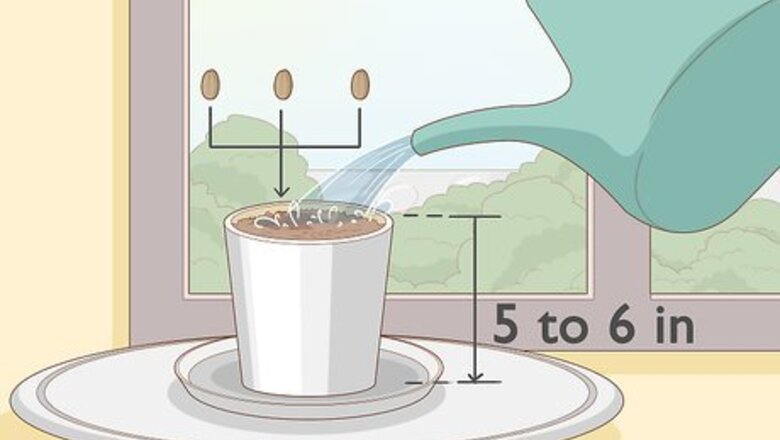
views
Planting and Caring for Luffa
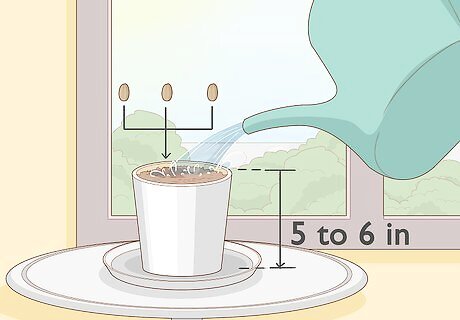
Start your seeds indoors in April if you live in a cooler climate. Luffa needs about 150-200 days of warmth to grow, so lots of gardeners have to start their seeds inside and then move them outdoors once the weather is warmer. Use small 5 to 6 in (13 to 15 cm) pots, plant 2-3 seeds in moist soil, and give them lots of sunlight. If you need to, use a sunlamp so that your seeds get 8 hours of light each day.Tip: You can buy luffa seeds at many nurseries and garden centers. You can also order them online if you can't find them from a supplier near you.
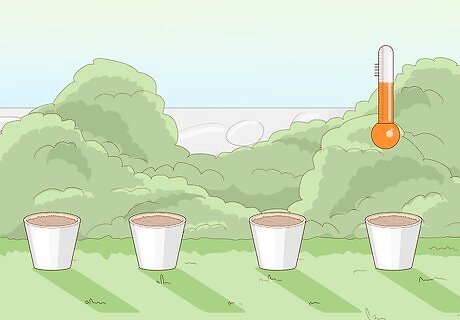
Move the plants outdoors once the last spring frost has passed. If you live in a warm climate, you may be able to start your seeds outdoors as long as you'll have about 6 months of consistently warm weather before the fall or winter frost sets in. If you live in a climate that is always cold, a greenhouse may be the best bet for getting your luffa to grow. If you're mainly growing luffa to use as sponges, just 2-3 plants should give you enough to work with. 1 plant will produce about 6-7 luffas.

Plant the luffa somewhere they'll receive 8 hours of sunlight each day. Pick a location that receives a lot of sunlight and that is protected from heavy winds. Each plant or seed should be planted about ⁄4 inch (1.9 cm) deep in the soil and 1 foot (12 in) away from the next plant. If your plants are already in pots, you can leave them in the pots or transplant them into the ground. Luffa needs a lot of room to grow; their vines can grow up to 30 feet (360 in) long! Putting them near a trellis is a great way to give the vines someplace to go so they don't encroach on the rest of your garden.
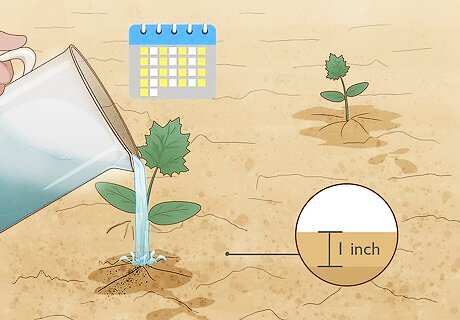
Water the plants when the top 1 inch (2.5 cm) of soil is dry to the touch. Check the soil surrounding the luffa every 2-3 days if you haven't had any recent rainfall. If the soil is dry to the touch, water it until it is saturated but not muddy. If you notice any leaves turning brown, that's a sign that your plants aren't getting enough water.
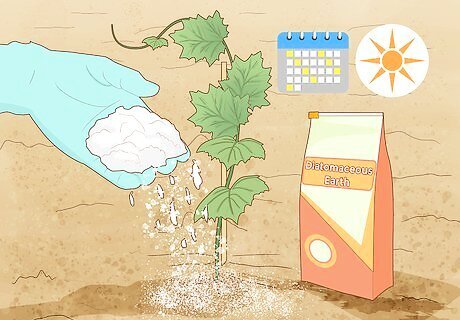
Dust the plants with diatomaceous earth in the late summer to fight pests. The pests that most often bother squash and similar vegetables appear in the late summer and early fall. You can buy diatomaceous earth from your local garden store or nursery. Simply sprinkle a thin layer over top of the soil and leaves in the early morning while the plant is still dewy. Usually just one application of diatomaceous earth should be enough, but if you notice reappearing pests, feel free to reapply it every 3-4 days.
Harvesting Luffa
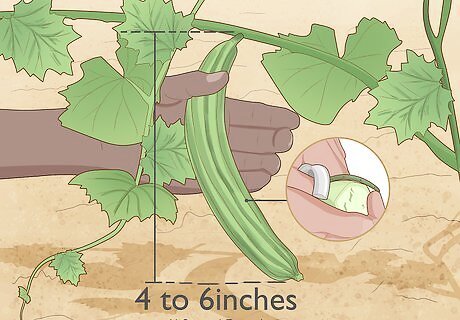
Pick luffa off the vine when it's young if you want to eat it. They're only good to eat for a few weeks in the summer, so you must pick them when they are small and green. You can prepare and eat them the same way you would eat zucchini or other summer squashes. Luffa will taste the best when it's under 4 inches (10 cm) long. If it's between 4 to 6 inches (10 to 15 cm), peel the skin before you eat it, as the skin starts to get really bitter at that stage.Cooking Ideas: Steam the gourds and serve them alongside shrimp; stir-fry the luffa with other summer vegetables; or add the luffa to a coconut broth to make a delicious soup.
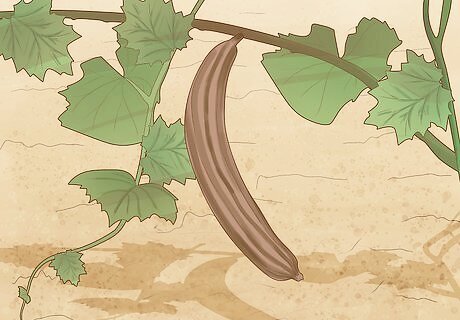
Leave luffa on the vine until the gourd's skin turns dark yellow or brown. In addition to changing color, the luffa will feel really light when you hold it in your hands. Generally, the luffa will be ready to harvest right before you expect the first fall frost. It's important to leave the gourds on the vine until it's time to harvest, otherwise the luffa plant will start to rot and can't be used for a sponge anymore.

Twist the luffa off of the vine rather than pulling it loose. Once you're ready to remove the luffa, grasp it gently in your hands and twist it until detaches from the vine. If you pull the luffa, you risk damaging the vine. The skin of the luffa can sometimes be a little prickly. If it bothers you, wear gardening gloves.
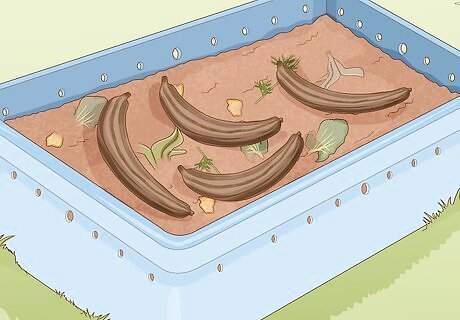
Compost any luffas that you don't plan on eating or using as a sponge. Instead of leaving unused luffas on the vine to rot, twist them off and add them to a compost pile. They can help feed your other plants and won't attract as many pests that way. If you don't have your own compost pile, many communities have programs that will collect compostable goods for you. Check online with your local municipality to see if this is an option.
Making Your Own Loofah Sponges
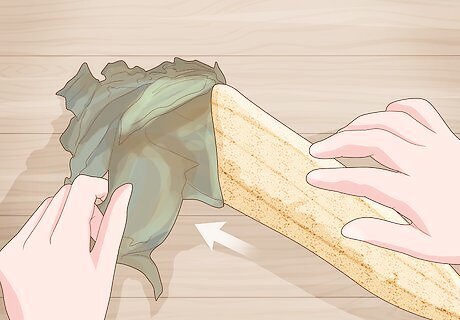
Pull the outer skin off of the luffa to expose the sponge underneath. If the skin isn't peeling away easily, try hitting the luffa with a rolling pin or something similar. This should crack the skin and make it fall away easier. You can also use clean shears to cut away the skin if you're having difficulty peeling it. The luffa can be a little smelly, so peel it outdoors on a patio or in a backyard.
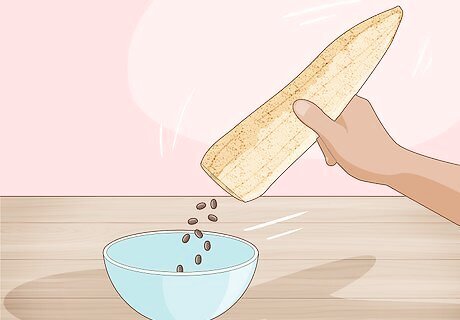
Shake the seeds out of the luffa and set them aside to plant next year. Don't be afraid to knock the luffa against the ground or something hard to dislodge the seeds! Get as many out as you can, but don't worry if a few are left in there—they'll come out later when you wash the luffa. Put the seeds into a paper bag to keep them safe until the next spring. You could even give some to friends who are also interested in growing luffa.
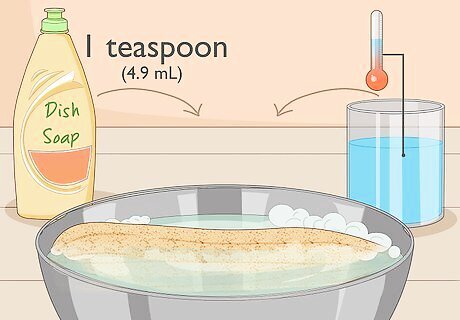
Wash the luffa with soapy water to remove the sap from the plant. Fill a large bowl with warm water and 1 teaspoon (4.9 mL) of dishwashing soap. Mix them together until they get sudsy. Soak the luffa in the water, and then rinse away the sudsy water with a high-pressure hose. Keep rinsing until the water runs clear. If you don't have a high-pressure hose, turn your faucet on as high as it will go. It may take a little longer, but it'll still get the job done.

Let the sponges dry in the sun for 2-3 days until they're completely dry. After the luffa have been washed, lay them out on a towel or a drying rack and set them outside if the weather is nice. Turn them over every day so each side has a chance to dry out. Once the luffa are completely dry to the touch, they're ready to be stored or used! If you don't have space outside to dry the luffa, put them on a counter where they will get a lot of sunlight if possible.Tip: Store luffa in a fabric bag or somewhere enclosed so that they won't get covered in dust. As long as they are dust-free and dry, they can last for years.




















Comments
0 comment